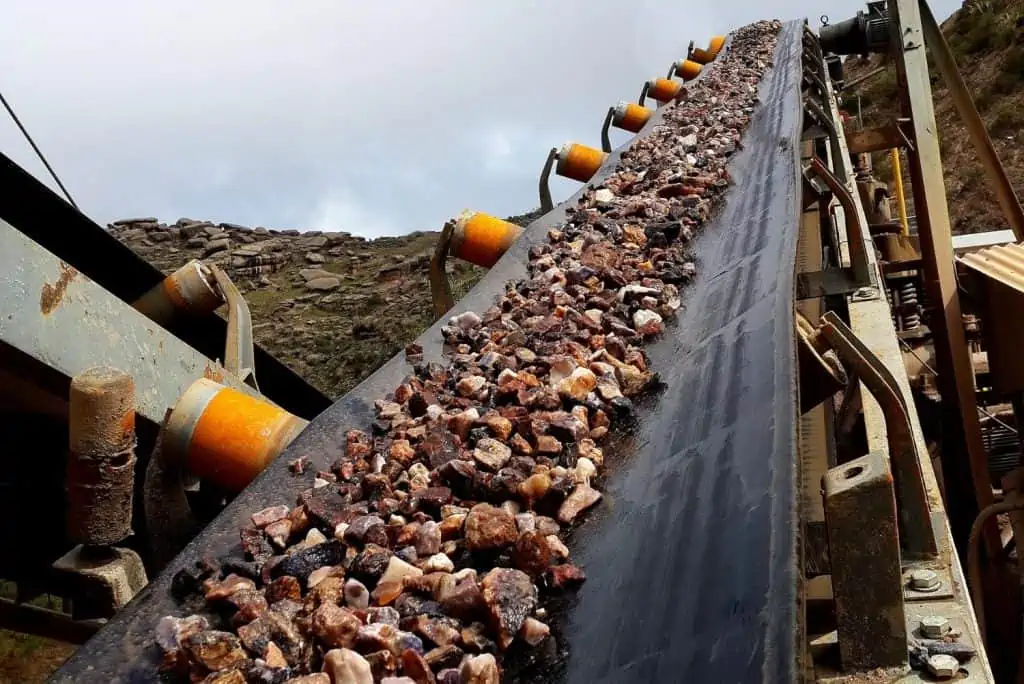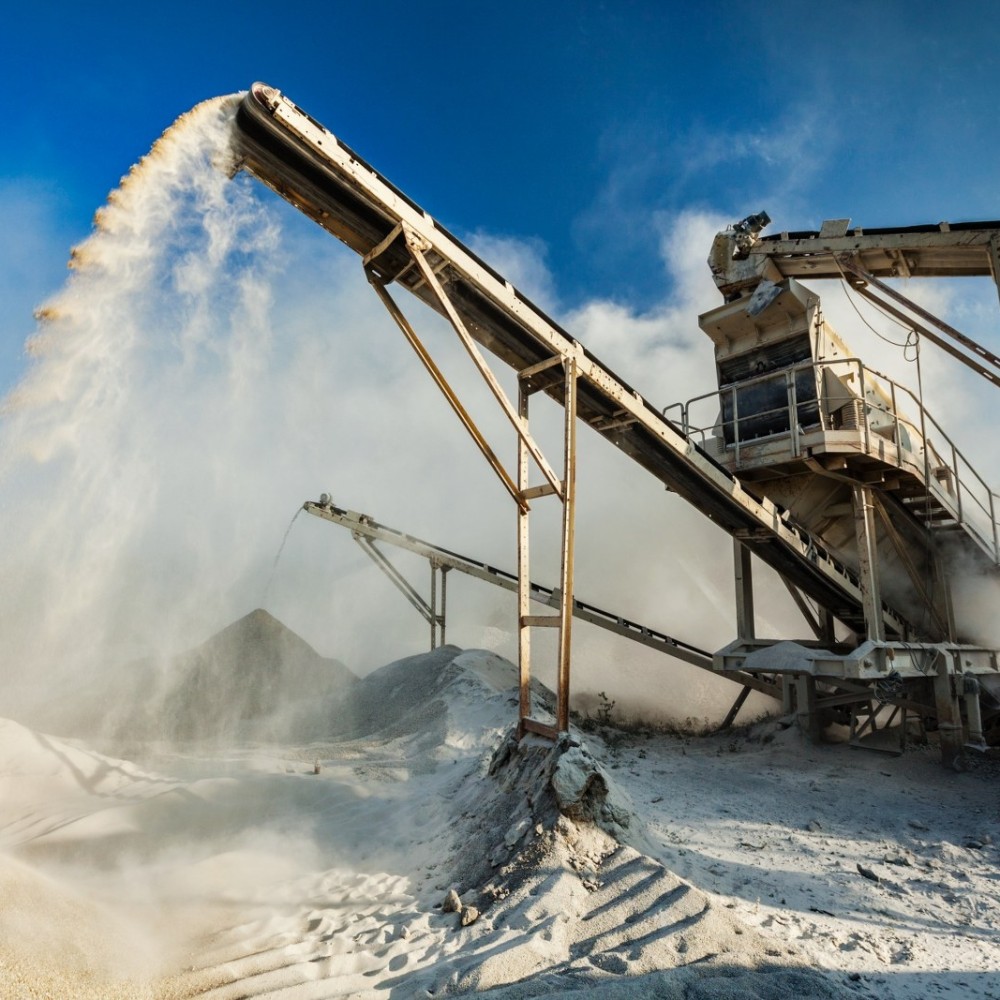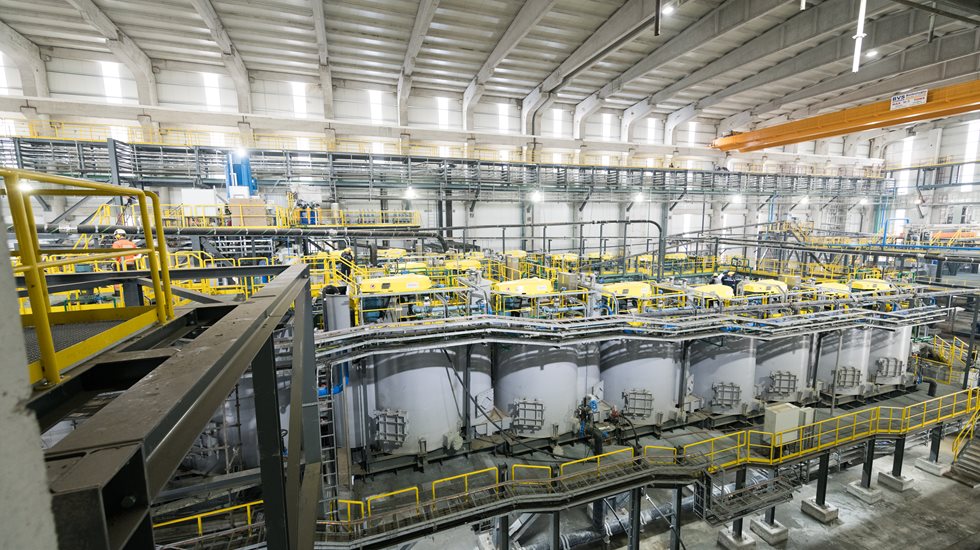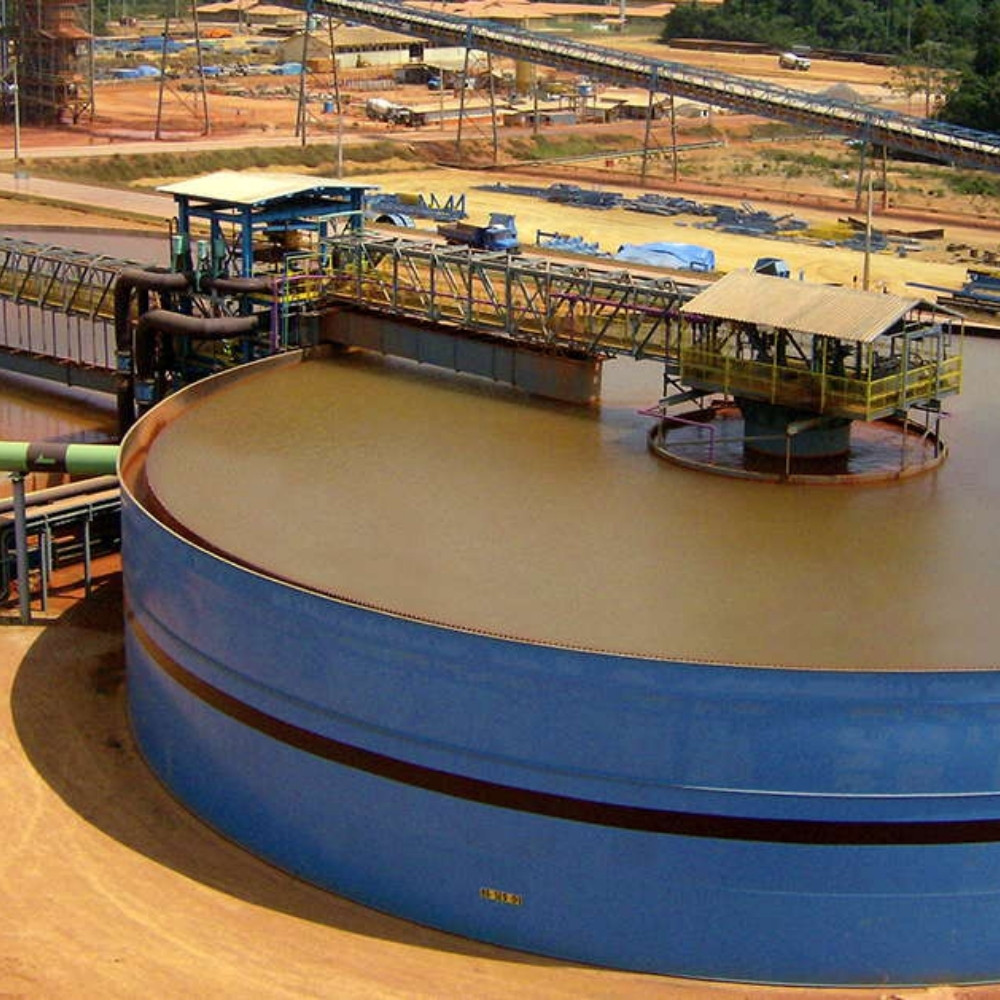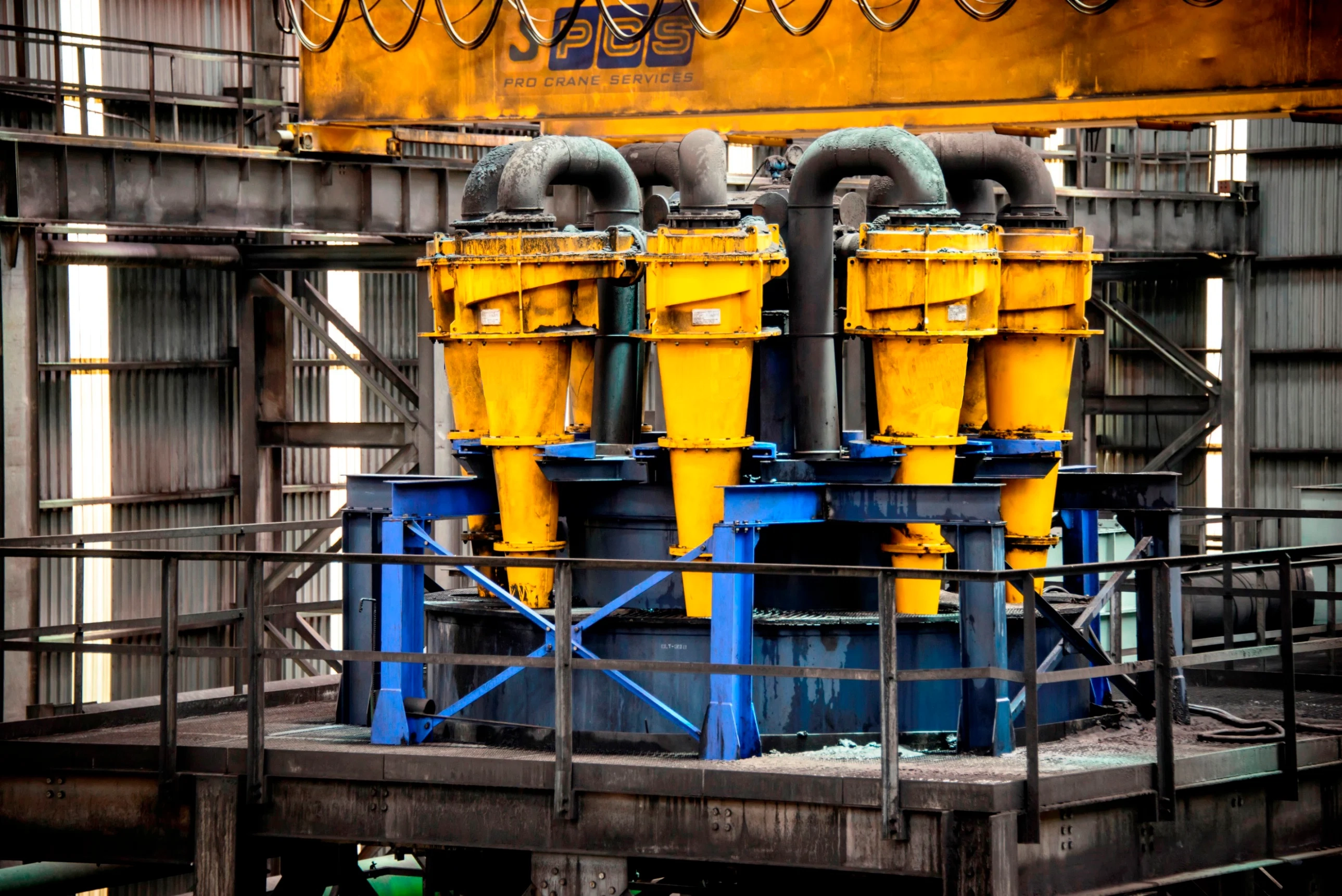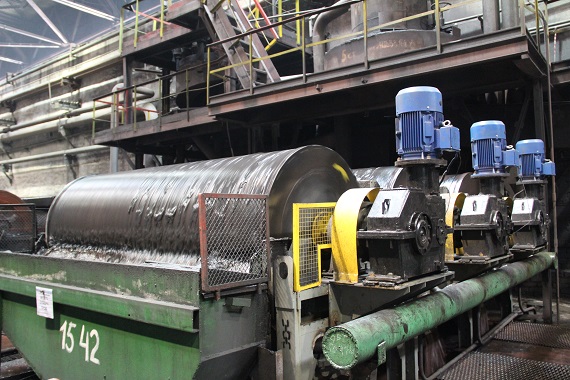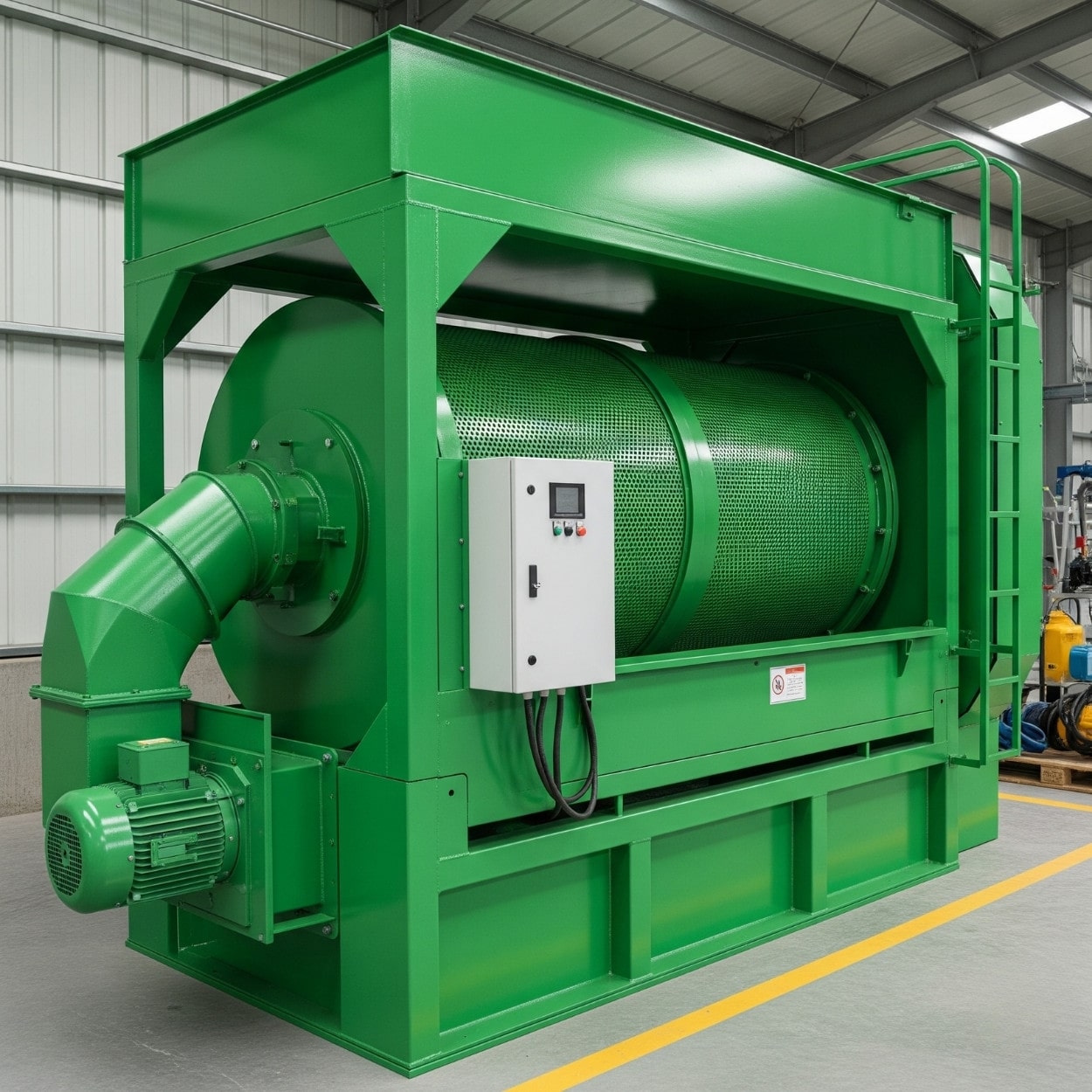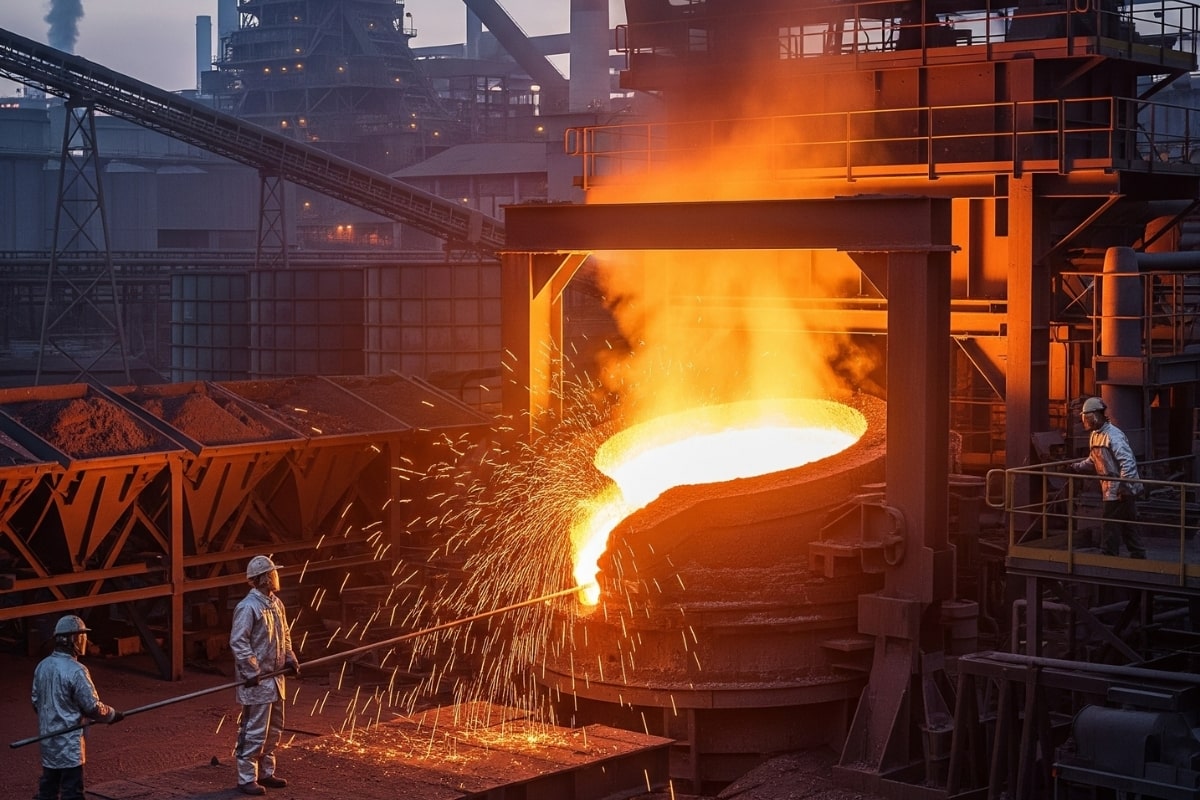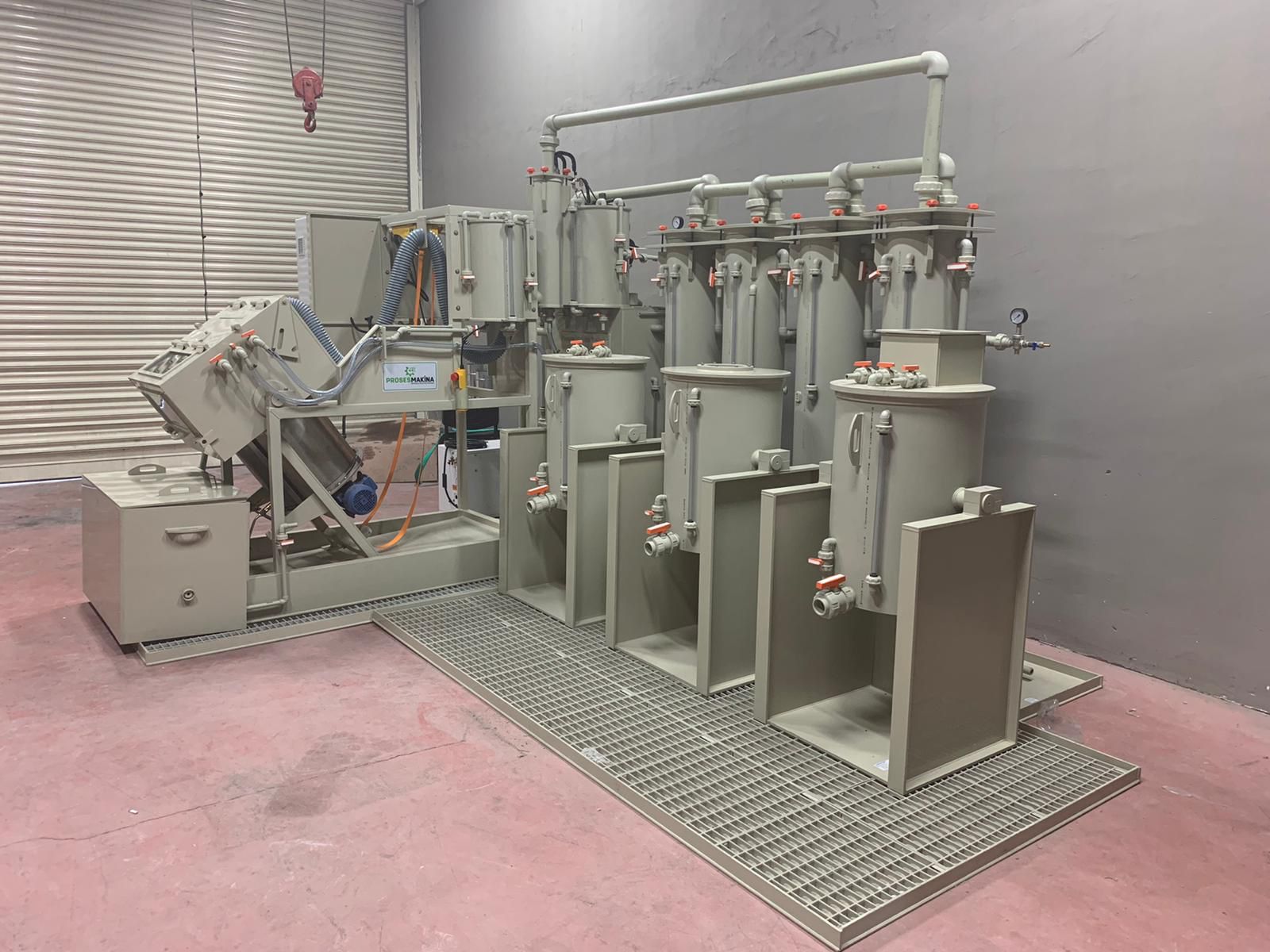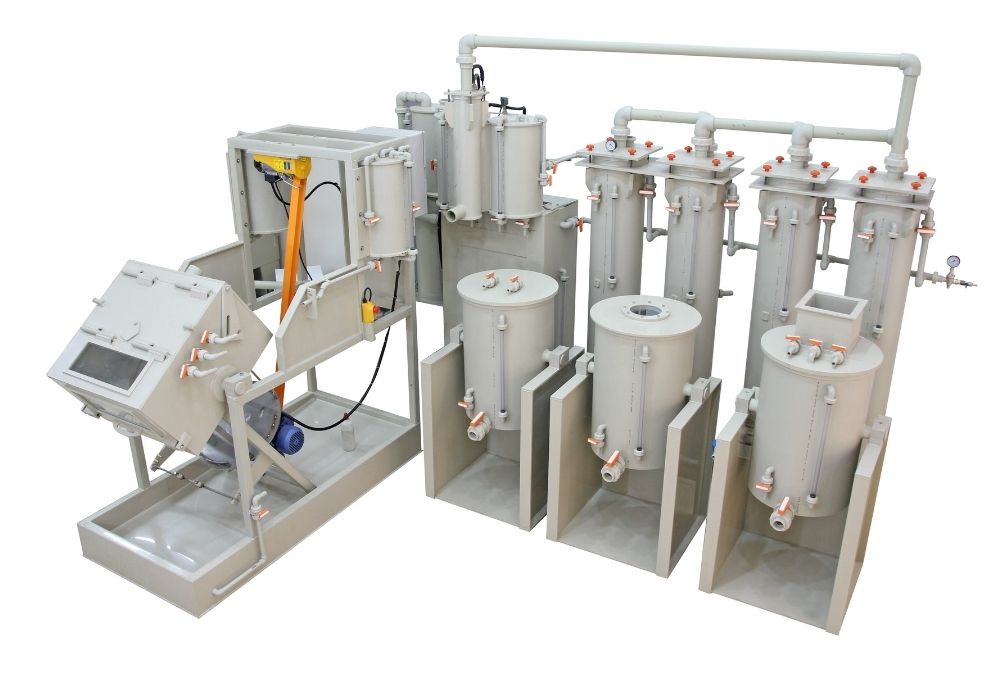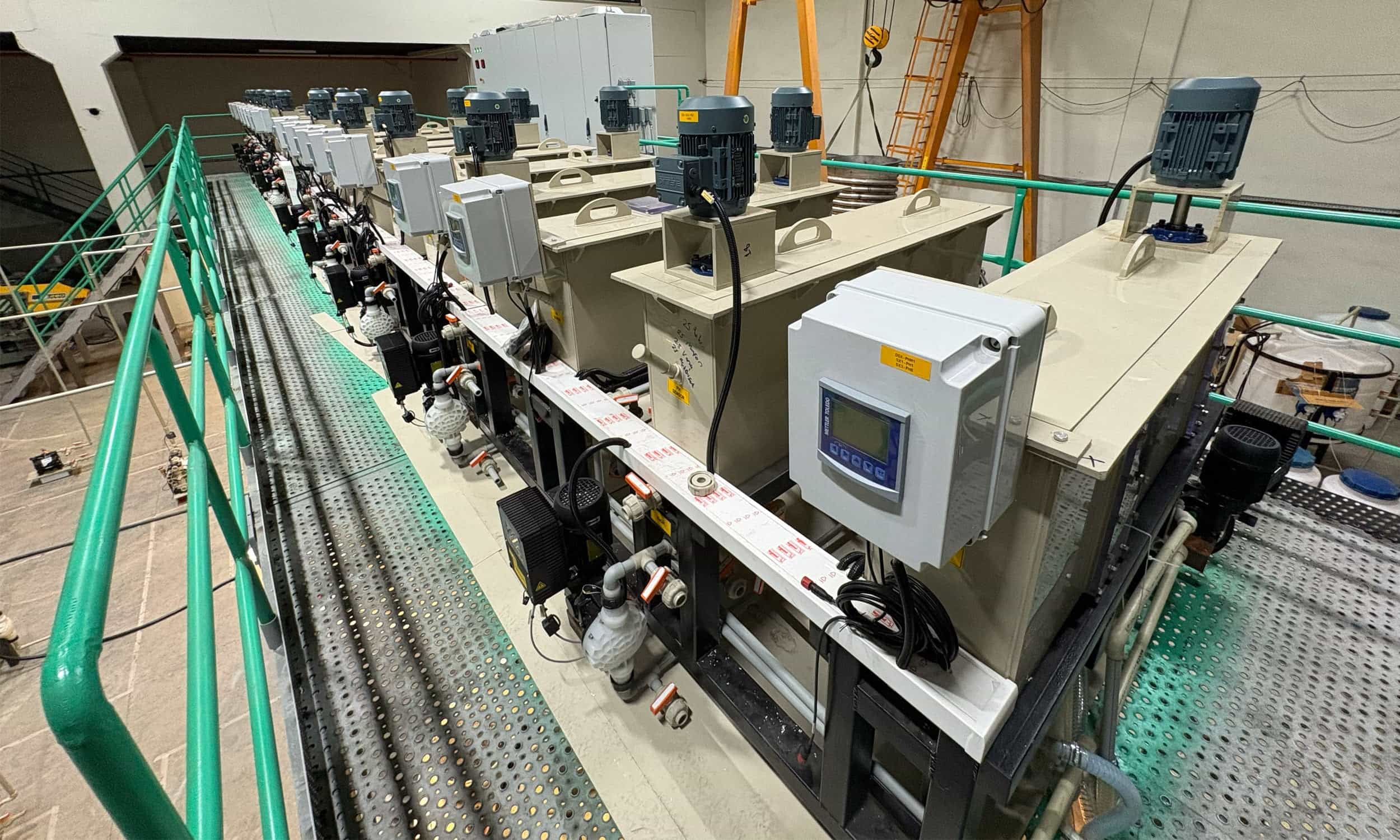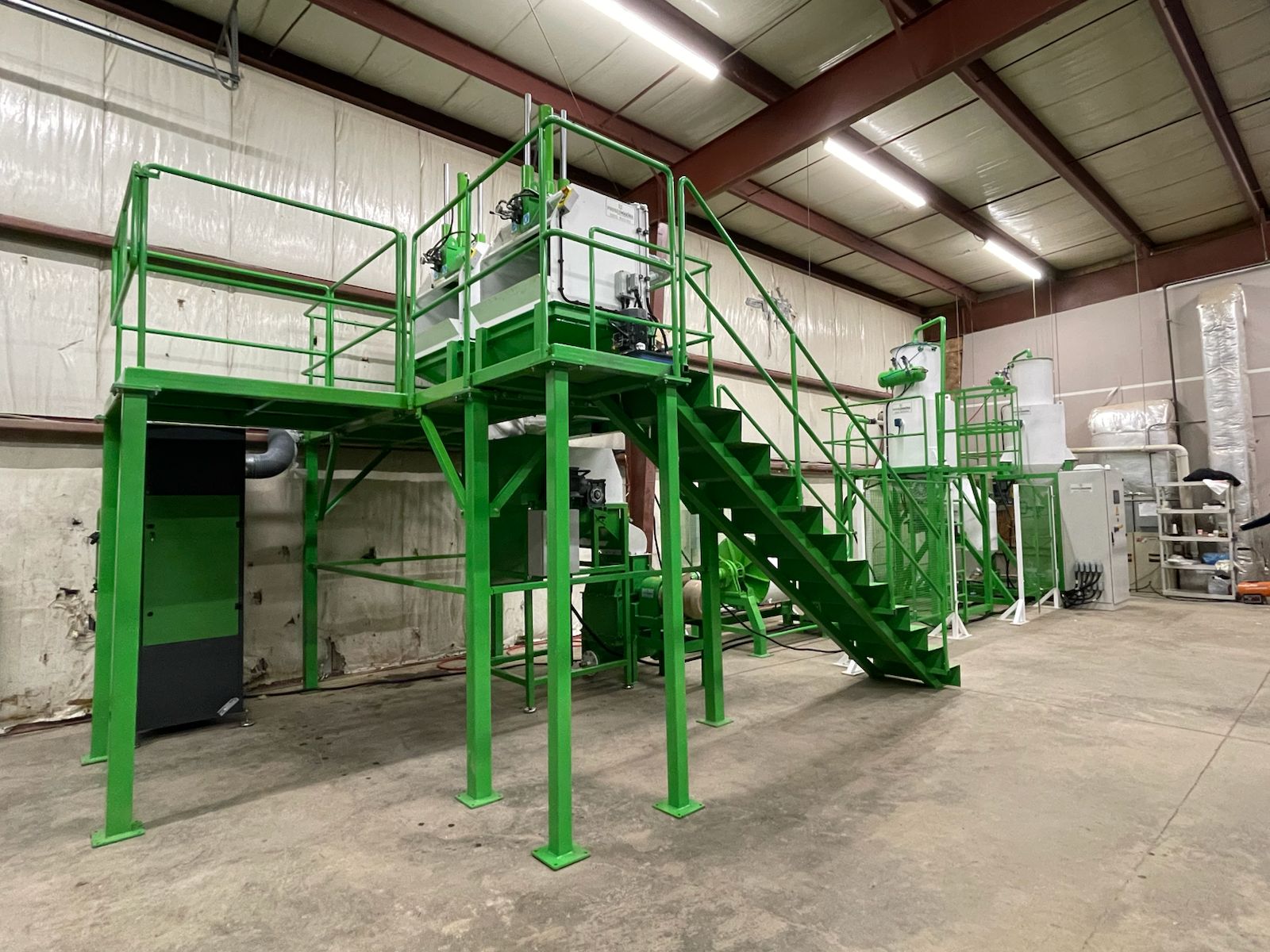In todays fast - changing economy, industrial recovery is vital for revitalizing struggling sectors. Understanding the challenges and finding effective solutions are key to success. From innovative efficiency techniques to inspiring success stories, this article explores strategies that support smoother recovery. Whether you’re an industry leader or an interested observer, these insights offer guidance toward stability and growth.
Challenges and Effective Solutions in Industrial Recovery
Industrial recovery refers to the systematic effort to restore and enhance the operations and profitability of industries that face setbacks, whether due to economic downturns, environmental challenges, or technological changes. This process is crucial for maintaining the stability and growth of the economy at large, particularly in sectors that contribute significantly to national and global output.
As industries seek to rebound from challenges, the importance of Challenges and Effective Solutions in Industrial Recovery becomes increasingly apparent. With strategic planning and innovative recovery methods, companies can transform potential losses into opportunities for growth, ensuring not only survival but sustained success.
Analyzing the impacts of industrial recovery highlights its significance in creating jobs, fostering innovation, and supporting the overall economic ecosystem. When industries recover efficiently, they pave the way for increased productivity and competitiveness, which ultimately benefits consumers as well as the broader market.
In today's economy, the ability to respond swiftly and effectively to disruptive events has never been more critical. The integration of advanced technologies and sustainable practices in recovery processes allows companies to adapt quickly while aligning with environmental standards and consumer expectations. Furthermore, addressing common obstacles through tailored effective solutions reinforces the resilience of industries against future challenges.
Understanding and implementing industrial recovery strategies is essential for navigating the complexities of the modern economy. Organizations that prioritize effective recovery methods will not only overcome immediate hurdles but will also position themselves for long-term success in an ever-evolving marketplace.
Common Challenges Faced In Industrial Recovery Processes
Industrial recovery processes are crucial for revitalizing manufacturing facilities, reclaiming resources, and minimizing waste. However, businesses often encounter numerous challenges that can hinder their recovery efforts. Understanding these challenges is essential for implementing effective strategies. Below are some of the common obstacles faced in industrial recovery:
-
Regulatory Compliance:
Navigating the complex landscape of environmental regulations can be daunting. Non-compliance can lead to significant fines and legal issues, making it essential for companies to stay informed and adhere to applicable laws.
-
Resource Allocation:
Effectively managing resources, including manpower, materials, and finances, is critical. Improper allocation can lead to project delays and increased costs, undermining the recovery process.
-
Technological Integration:
The introduction of advanced technologies for recovery can be met with resistance or confusion among staff. Ensuring seamless integration and staff training is vital for success.
-
Supply Chain Disruptions:
Industrial recovery often relies on a stable supply of raw materials and components. Any disruption can jeopardize the recovery timeline and impact overall productivity.
-
Stakeholder Resistance:
Internal and external stakeholders may resist changes to established processes. Gaining buy-in and fostering a culture of innovation is needed to overcome this challenge.
-
Data Collection and Analysis:
Effective recovery strategies require accurate data on processes and outcomes. Poor data collection methods can impede informed decision-making, making it difficult to evaluate recovery efforts.
-
Financial Constraints:
Limited budgets can restrict the ability to invest in systems or technologies necessary for efficient recovery, leading to suboptimal results.
-
Knowledge Gaps:
A lack of expertise in specific recovery methods can hinder progress. It is essential to either develop internal capabilities or seek external assistance to fill these gaps.
Addressing these challenges and effective solutions in industrial recovery can significantly impact the success of recovery efforts, ultimately enhancing productivity and sustainability. Organizations that proactively identify and develop strategies around these challenges will be better positioned for successful industrial recovery outcomes.
Challenges And Effective Solutions In Industrial Recovery Strategies
Industrial recovery is a multifaceted process that can often be riddled with challenges. These difficulties can stem from various factors, including outdated technology, insufficient workforce training, and regulatory hurdles. However, it is essential to identify not only these challenges but also effective solutions to ensure a seamless recovery process. One of the primary challenges in industrial recovery is the lack of integration of modern technologies. Many industries are slow to adopt advancements such as automation, data analytics, and artificial intelligence, which can significantly enhance efficiency. To address this, companies need to invest in comprehensive training programs for their workforce. By equipping employees with the necessary skills to operate new technologies, businesses can streamline their processes and improve productivity.
Another common hurdle is the resistance to change within organizational culture. Employees may be apprehensive about new procedures, leading to disruptions. To counteract this, leadership should prioritize fostering an open and communicative culture that encourages feedback and discussion. Highlighting the benefits of new initiatives can help in minimizing resistance and promoting a collective effort towards recovery. Supply chain disruptions represent another significant challenge, particularly in the wake of global events that affect logistics.
Supply Chain and Resilience Building
Companies can mitigate these risks by diversifying their supplier base and investing in localized production strategies. This approach not only enhances resilience but also reduces dependencies on single suppliers, fostering a more robust recovery ecosystem. Environmental and regulatory compliance also poses challenges in many industries. Adapting to constantly changing regulations can lead to confusion and potential non-compliance. Establishing a dedicated compliance team that stays up-to-date with regulations is crucial for navigating this landscape.
Furthermore, adopting sustainable practices can attract environmentally-conscious consumers while fulfilling compliance requirements. Additionally, financial constraints can hinder the recovery process. Organizations may struggle with budgeting for necessary improvements. Implementing phased recovery strategies allows businesses to prioritize investments effectively, ensuring that immediate challenges are addressed while planning for long-term goals. In summary, Challenges and Effective Solutions in Industrial Recovery involve recognizing obstacles and actively seeking tailored solutions that promote resilience and sustainability. By integrating modern technology, fostering an inclusive workplace culture, diversifying suppliers, ensuring compliance, and managing finances strategically, businesses can navigate the complexities of industrial recovery successfully.
Innovative Techniques For Effective Industrial Recovery Solutions
In the face of the challenges and effective solutions in industrial recovery, leveraging innovative techniques is crucial for optimizing recovery processes and enhancing overall efficiency. One of the most promising approaches is the implementation of advanced data analytics. By utilizing big data and predictive analytics, companies can identify bottlenecks in their recovery operations and forecast potential issues, leading to proactive measures rather than reactive fixes.
Another innovative technique gaining traction is the use of automation and robotics. Automating repetitive processes not only speeds up recovery time but also reduces human error, thus enhancing the quality of recovery outputs. Robotic systems can be employed in hazardous environments, ensuring safety while maintaining productivity levels.
Additionally, the integration of sustainable practices into industrial recovery processes has proven effective. Techniques such as recycling and upcycling materials not only minimize waste but also create additional revenue streams for businesses. Emphasizing environmental responsibility can improve a company’s public image and align with consumer expectations for sustainability.
Collaboration and Real-World Applications
Fostering collaboration between industries can lead to knowledge sharing and innovation. By partnering with other organizations and stakeholders, companies can develop joint recovery strategies that address shared challenges and effective solutions in industrial recovery more effectively. This collaborative effort can lead to more robust solutions and increased resilience against future disruptions.
Real-world success stories in industrial recovery highlight how businesses have adeptly navigated through challenges and effective solutions in industrial recovery. One such example is a manufacturing plant that faced significant downtime due to outdated machinery. By implementing a robust recovery strategy that included upgrading their equipment and retraining staff, they not only minimized lost production time but also boosted overall efficiency by 30%. This transformation underscored the importance of proactive measures in addressing common industrial recovery obstacles.
Another notable case is of an automotive supplier that suffered from supply chain disruptions. By adopting an agile recovery approach, they diversified their supplier base and integrated advanced software for real-time inventory management. This shift allowed them to respond quickly to market changes, showcasing how innovative solutions can turn potential setbacks into opportunities for growth.
Lessons and the Path Toward Sustainable Growth
These stories exemplify the successful application of challenges and effective solutions in industrial recovery across different sectors. Companies that are willing to embrace flexibility and adapt their strategies stand to not only recover from setbacks but also emerge stronger in the competitive landscape. Engaging in continuous improvement practices and leveraging technology has proven to be pivotal for these businesses.
The experiences of these industries demonstrate that with the right planning, commitment, and execution, effective industrial recovery is not just a possibility but a pathway to sustainable growth and success. By learning from such success stories, other companies can better prepare themselves to face their own recovery challenges.
Getting Started With Industrial Recovery: Steps To Take Now
Embarking on the journey of industrial recovery requires a strategic approach to navigate the challenges and effective solutions in industrial recovery. To ensure you start on the right foot, follow these essential steps:
-
Assess Your Current Situation:
Conduct a thorough evaluation of your existing operations, identifying areas where recovery is necessary. Analyzing your facilities, equipment, and workforce will provide valuable insight into the specific challenges you face.
-
Define Clear Goals:
Establish measurable objectives that focus on the desired outcomes of your recovery efforts. Whether it's improving operational efficiency, reducing waste, or enhancing profitability, having clear goals will guide your strategy.
-
Engage Stakeholders:
Involve key stakeholders, including employees, management, and external partners, in your recovery planning. Their input will be vital for identifying challenges and developing effective solutions tailored to your unique circumstances.
-
Develop a Comprehensive Recovery Plan:
Create a detailed plan that outlines the steps needed to address the identified challenges. Incorporate timelines, resource allocations, and responsibilities to ensure accountability.
-
Invest in Training and Development:
Equip your workforce with the necessary training to handle new processes and technologies effectively. Providing ongoing support will empower your team to adapt and thrive amidst recovery efforts.
-
Implement Monitoring and Feedback Mechanisms:
Establish systems to continuously monitor progress and gather feedback. This will help identify potential issues early and allow for adjustments in strategy as needed.
-
Embrace Innovation and Flexibility:
Be prepared to adapt your recovery strategies as new challenges arise or circumstances change. Leveraging innovative techniques can enhance your recovery process and ensure long-term success.
-
Build Partnerships:
Collaborate with industry experts, consultants, or recovery solution providers. Their insights and experiences can present new opportunities and strategies to address the challenges you may face.
Taking these steps will set a solid foundation for initiating effective industrial recovery. By understanding the challenges and effective solutions in industrial recovery, you will better position your organization for sustainable improvements and success in the competitive landscape.

